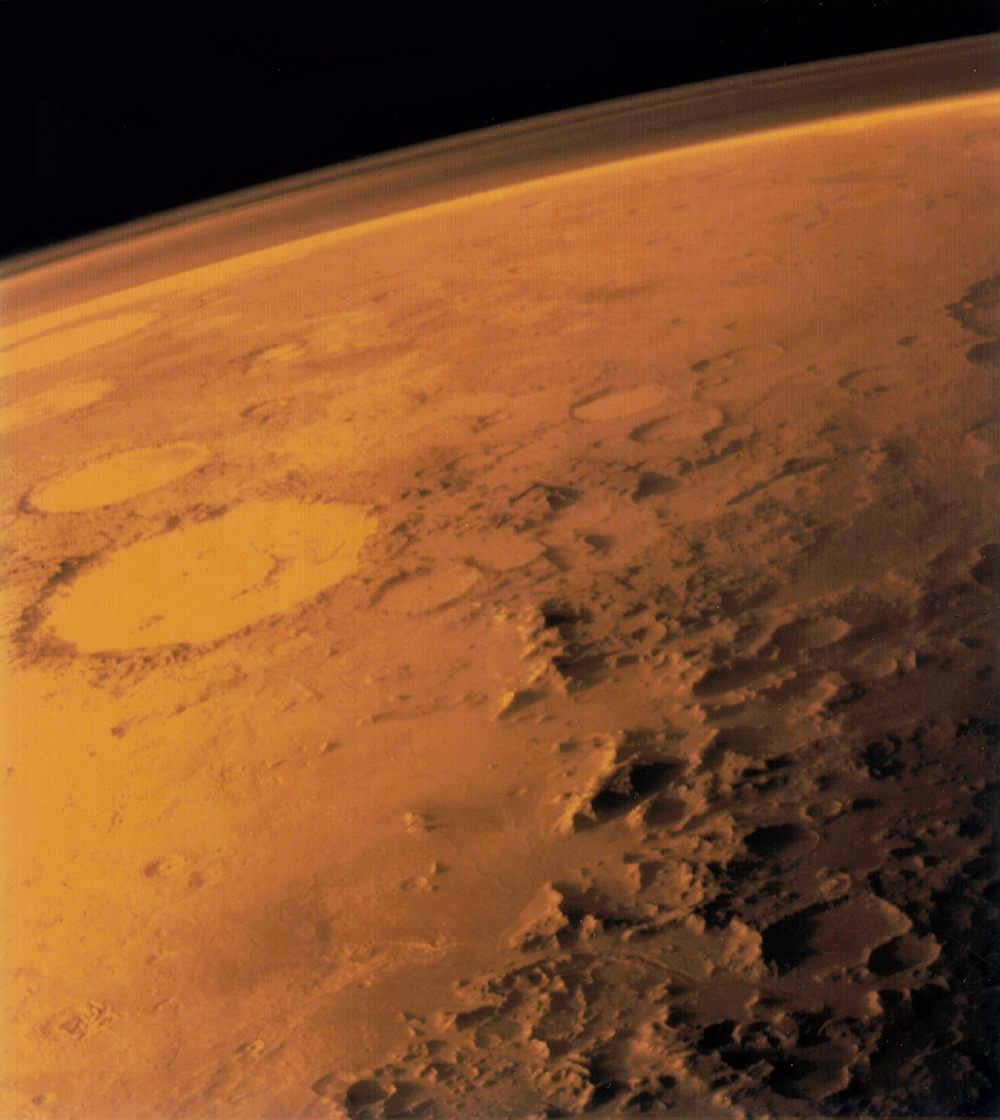College Students Hatch Nuclear-Powered Magnetic Plan to Protect Marsonauts from Solar Radiation

DENVER — A group of undergrad students is developing a magnetic shield to defend interplanetary astronauts from the intense cosmic radiation between Earth and Mars.
The students, from Drake University in Iowa, presented their project in the poster session Saturday (April 13) at the April meeting of the American Physical Society. Their MISSFIT (Magneto-Ionization Spacecraft Shield for Interplanetary Travel) design uses a powerful magnetic shield that, like Earth's magnetosphere, protects the planet from high-energy particles. The defense system also incorporates "passive" shielding to mimic the ionosphere — Earth's second layer of defense. [When Space Attacks: The 6 Craziest Meteor Impacts]
With help from a small NASA grant through the Iowa Space Grant Consortium, experiments are already underway on the passive shielding, which could protect astronauts from high-energy gamma-rays that a magnetic shield can’t stop. The hope, said Lorien MacEnulty, a junior at Drake and a member of the team, is to solve a key safety problem that's delayed an eventual NASA mission to Mars: long-term exposure to interplanetary radiation.
Right now, the students are experimenting with a number of radiation-blocking fabrics that might be light enough to mount on a spacecraft.
"We expose [the fabrics] to radiation," MacEnulty told Live Science. "Then we count how many particles make it through the layers of fabric."
A long process of data collection, and statistical analysis, will help determine which fabrics might make most sense to coat the spacecraft with, said Doug Drake, a junior at Drake University who works on experiments and coding simulations of particle trajectories.
But the fabrics aren't the whole story.
Sign up for the Live Science daily newsletter now
Get the world’s most fascinating discoveries delivered straight to your inbox.
The students assume that NASA's eventual Mars-bound spacecraft will be more or less a long cylinder, rotating to generate artificial gravity, MacEnulty said
"At the ends of that capsule we'd have two superconducting magnets, powered by nuclear reactors," she said.
Those magnets wouldn't divert gamma-rays. But they would cause charged alpha particles — another component of cosmic rays that could strike the spacecraft and emit X-rays — to move toward the ends of the spacecraft, which would be capped by two bubbles of material filled with a mixture of ionized gas that mimics Earth's ionosphere.
As the alpha particles zoom through this ionized gas, they would lose energy in a process similar to the one that produces auroras in the ionosphere near Earth's own North and South Poles.

The students don't yet know how powerful these magnets would have to be. But the team thinks they could be powered with nuclear reactors that would fit on a spacecraft.
Within the next one or two years, MacEnulty said, the group hopes to get its first paper published, and down the road to drive more funding toward their work.
"This is going to be a multiyear project," she said. "We're only undergraduates, and we're doing this by ourselves [with the oversight of Drake professor and physicist Athanasios Petridis]."
- Interstellar Space Travel: 7 Futuristic Spacecraft to Explore the Cosmos
- Sending Humans to Mars: 8 Steps to Red Planet Colonization
- Science Fact or Fiction? The Plausibility of 10 Sci-Fi Concepts
Originally published on Live Science.










